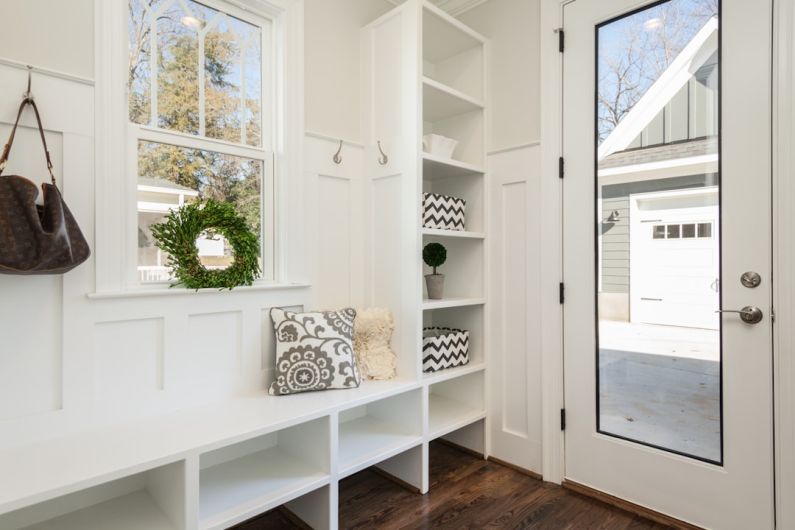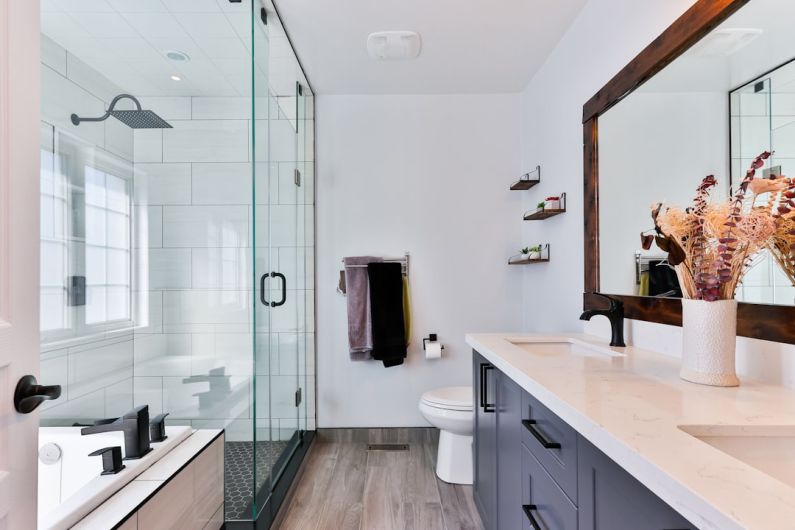How to Select the Perfect Lighting for Every Room
Lighting plays a crucial role in creating the ambiance and functionality of any room. Whether you’re designing a cozy living room or a productive home office, the right lighting can enhance the space and make it more inviting. However, with so many options available, choosing the perfect lighting can be quite overwhelming. In this article, we will guide you through the process of selecting the ideal lighting for every room in your home.
Consider the Purpose of the Room
Before you start shopping for lighting fixtures, it’s important to consider the purpose of the room. Different rooms have different lighting requirements. For example, a bedroom may require softer, more intimate lighting, while a kitchen needs bright task lighting. Take some time to think about how you will be using the space and what activities will take place there. This will help you determine the type of lighting you need.
Evaluate the Natural Light
Take advantage of natural light when selecting lighting for a room. Natural light can create a warm and inviting atmosphere. Consider the orientation and placement of windows in each room. Rooms with plenty of natural light may only require minimal artificial lighting during the day, while rooms with limited natural light will need more attention when it comes to selecting appropriate fixtures.
Layer Your Lighting
To create a well-balanced and visually appealing space, it’s important to layer your lighting. This involves using a combination of different types of lighting, such as ambient, task, and accent lighting. Ambient lighting provides overall illumination, task lighting focuses on specific areas for activities like reading or cooking, and accent lighting highlights architectural features or artwork. By combining these different types of lighting, you can create depth and interest in your room.
Choose the Right Bulbs
When it comes to selecting bulbs, there are a variety of options available, each with its own unique qualities. Incandescent bulbs provide warm and soft lighting, while fluorescent bulbs are energy-efficient and long-lasting. LED bulbs are becoming increasingly popular due to their energy efficiency and versatility. Consider the color temperature of the bulbs as well. Cooler temperatures are often used in task-oriented areas, while warmer temperatures create a cozy and relaxed atmosphere.
Pay Attention to Style and Aesthetics
Lighting fixtures not only serve a functional purpose but also contribute to the overall style and aesthetics of a room. Consider the existing decor and furniture in the room and choose lighting fixtures that complement the overall style. If you have a modern and minimalist space, look for sleek and contemporary fixtures. For a more traditional room, consider chandeliers or sconces with ornate details. The right lighting fixture can be an eye-catching centerpiece that ties the room together.
Don’t Forget Dimmers
Dimmers are a great addition to any room as they allow you to adjust the brightness of the lighting to suit your needs and create different moods. Dimmers are particularly useful in living rooms, bedrooms, and dining areas where you may want to create a cozy and intimate atmosphere. They also help conserve energy by reducing the amount of electricity used.
In conclusion, selecting the perfect lighting for every room requires careful consideration of the room’s purpose, natural light, layering techniques, bulb options, style, and the inclusion of dimmers. By taking all of these factors into account, you can create a well-lit space that is both functional and aesthetically pleasing. Remember, lighting is not just about illuminating a room, but also about enhancing the overall atmosphere and creating a welcoming environment for everyone to enjoy.






